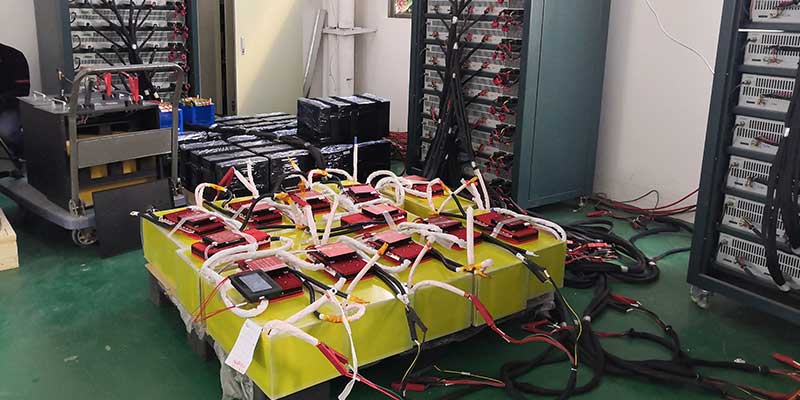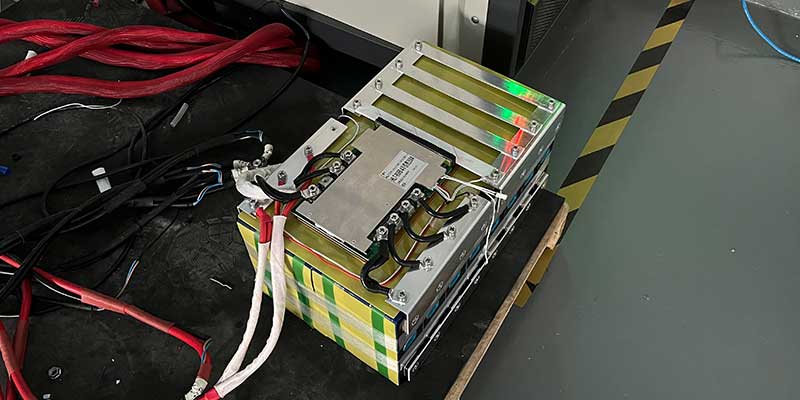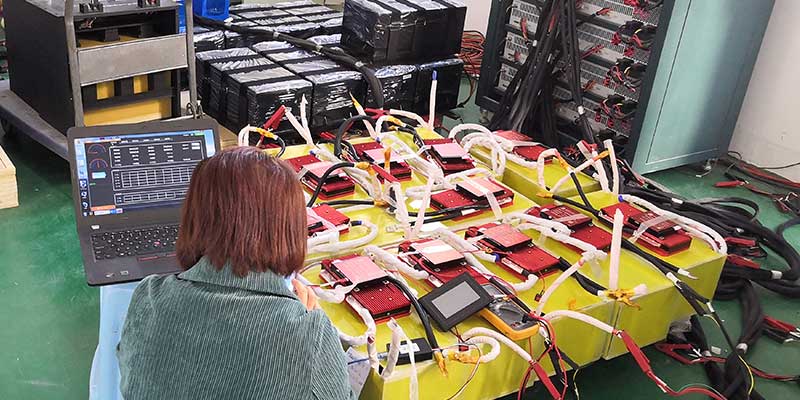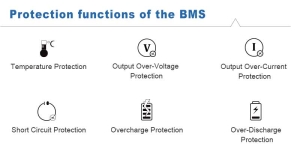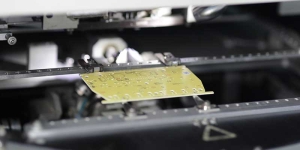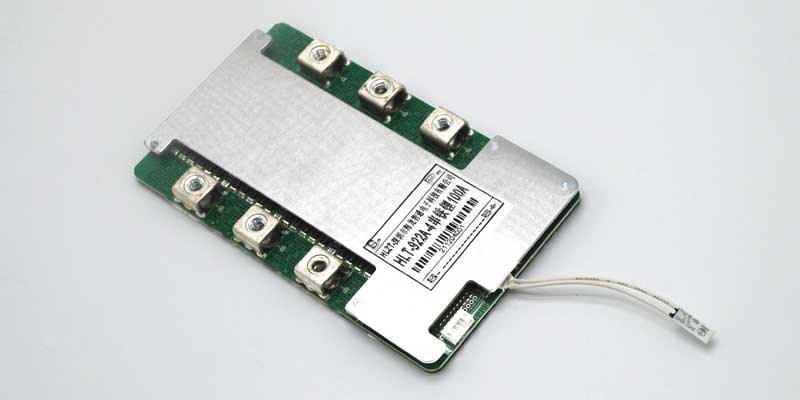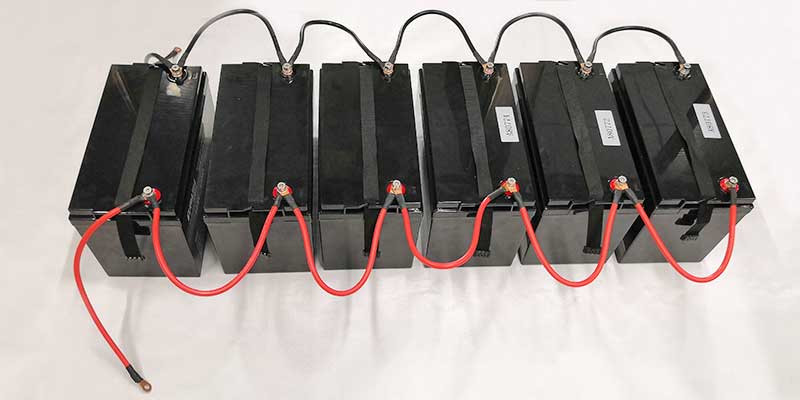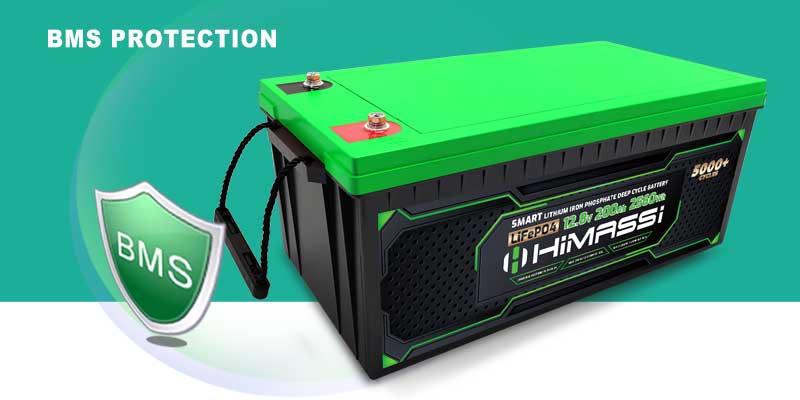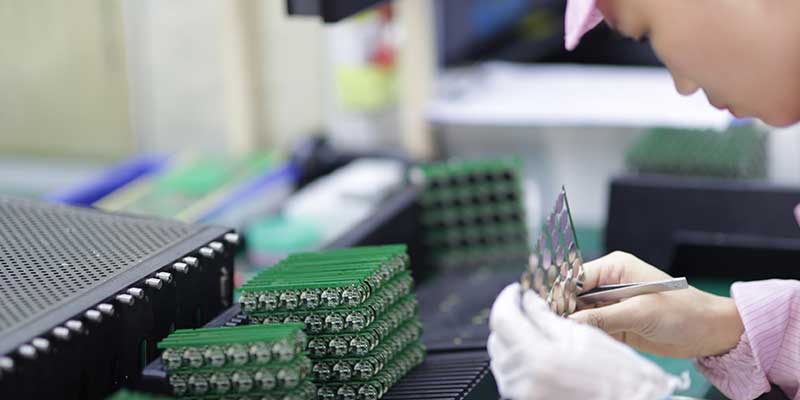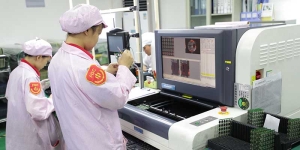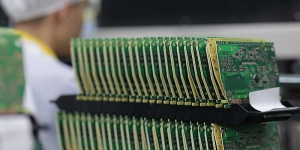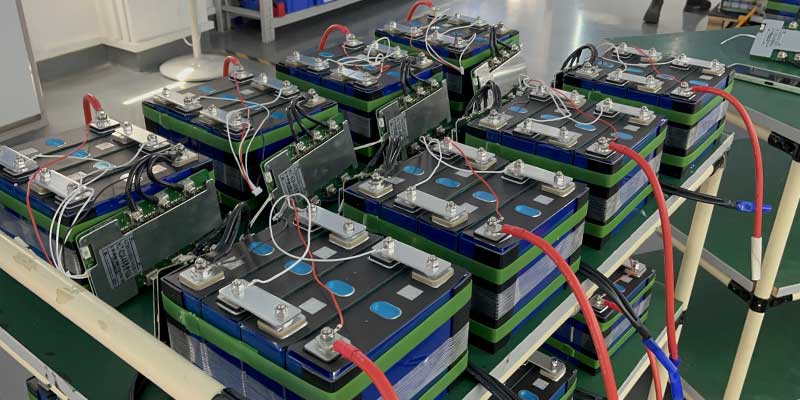Experiencing erratic battery behavior, persistent error codes, or an imbalance in your battery pack? A Battery Management System (BMS) reset might be the crucial step to resolve these frustrating issues and restore your battery’s health. This comprehensive guide will walk you through the process of how to reset your BMS, explain when it’s truly necessary, and empower you to troubleshoot common battery problems effectively.
Understanding the Need for BMS Reset
A BMS is crucial for protecting lithium-ion and other types of rechargeable batteries by managing their charge states, balancing their cells, and ensuring safe operation. However, like any complex electronic system, it can sometimes require a reset to:
- Clear error codes that do not resolve through normal operation.
- Restore functionality after firmware updates or other system changes.
- Rebalance the cells in a battery pack that might be showing inconsistencies in charge levels.
When to Consider a BMS Reset: Is It Right for Your Battery?
Before you attempt a reset, confirm if your situation warrants this action. Consider a BMS reset if you’re experiencing:
- Unresolved Error Messages: Your BMS continues to flash or display critical warnings despite other troubleshooting efforts.
- Battery Charging Issues: The battery isn’t charging fully, stops prematurely, or drains unusually fast.
- Post-Modification Malfunctions: After replacing battery cells, altering the battery pack configuration, or performing other system upgrades.
- Inconsistent Cell Voltages: Your monitoring system shows significant disparities in cell voltage readings.

BMS battery Step-by-Step Guide to Reset Your BMS
Resetting a BMS can vary depending on the specific system and battery setup. Below is a general guide that applies to many common systems:
- Safety First, Always!* Crucial Step: Disconnect all power sources from your battery system. This includes any chargers, loads, or other connected electronics. Ensure the system is completely depowered before you proceed to prevent electrical shock or damage.* Why this matters: Working with live battery systems is extremely dangerous. Depowering eliminates immediate risks.
- Consult Your Manufacturer’s Manual* Essential Step: Before touching anything, locate and review the specific instructions provided in your BMS manufacturer’s manual. This document is tailored to your exact model and may contain unique reset procedures or warnings.* Why this matters: Generic advice might not apply, and incorrect procedures could damage your BMS or battery.
- The Simple Disconnect and Reconnect (Power Cycle)* Procedure: Carefully disconnect the main battery leads (both positive and negative) from the BMS. Wait for at least 5-10 minutes. This allows any residual charge to dissipate and the BMS’s internal memory to clear. Then, reconnect the battery leads securely.* Why this matters: This “hard reset” is often enough to clear transient errors and force the BMS to recalibrate upon restart.
- Utilizing a Dedicated Reset Feature (If Available)* Procedure: Some advanced BMS units come equipped with a physical reset button (often a small, recessed button requiring a pin to press) or a software-based reset option accessible via an app or computer interface. If your manual indicates this feature, use it as directed.* Why this matters: These dedicated features are designed for a safe and controlled system-wide reset.
- Post-Reset Battery Rebalancing and Monitoring* Procedure: After a successful reset, reconnect your charging system and allow the battery to undergo a full charge cycle. During this process, continuously monitor the battery’s behavior, paying close attention to cell voltages, overall charge, and any error messages.* Why this matters: A full charge cycle after a reset helps the BMS re-establish accurate cell balancing and learn the battery’s current state.
- Thorough System Testing* Procedure: Once charged, thoroughly test your battery system under typical operating conditions. Observe if the initial issues (error codes, charging problems) have been resolved and if the battery performs normally.* Why this matters: Verifying functionality ensures the reset was successful and the battery is reliable for use.
